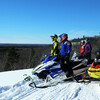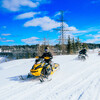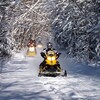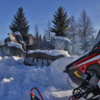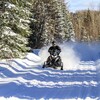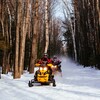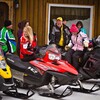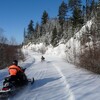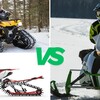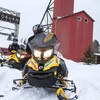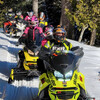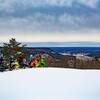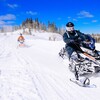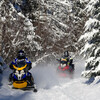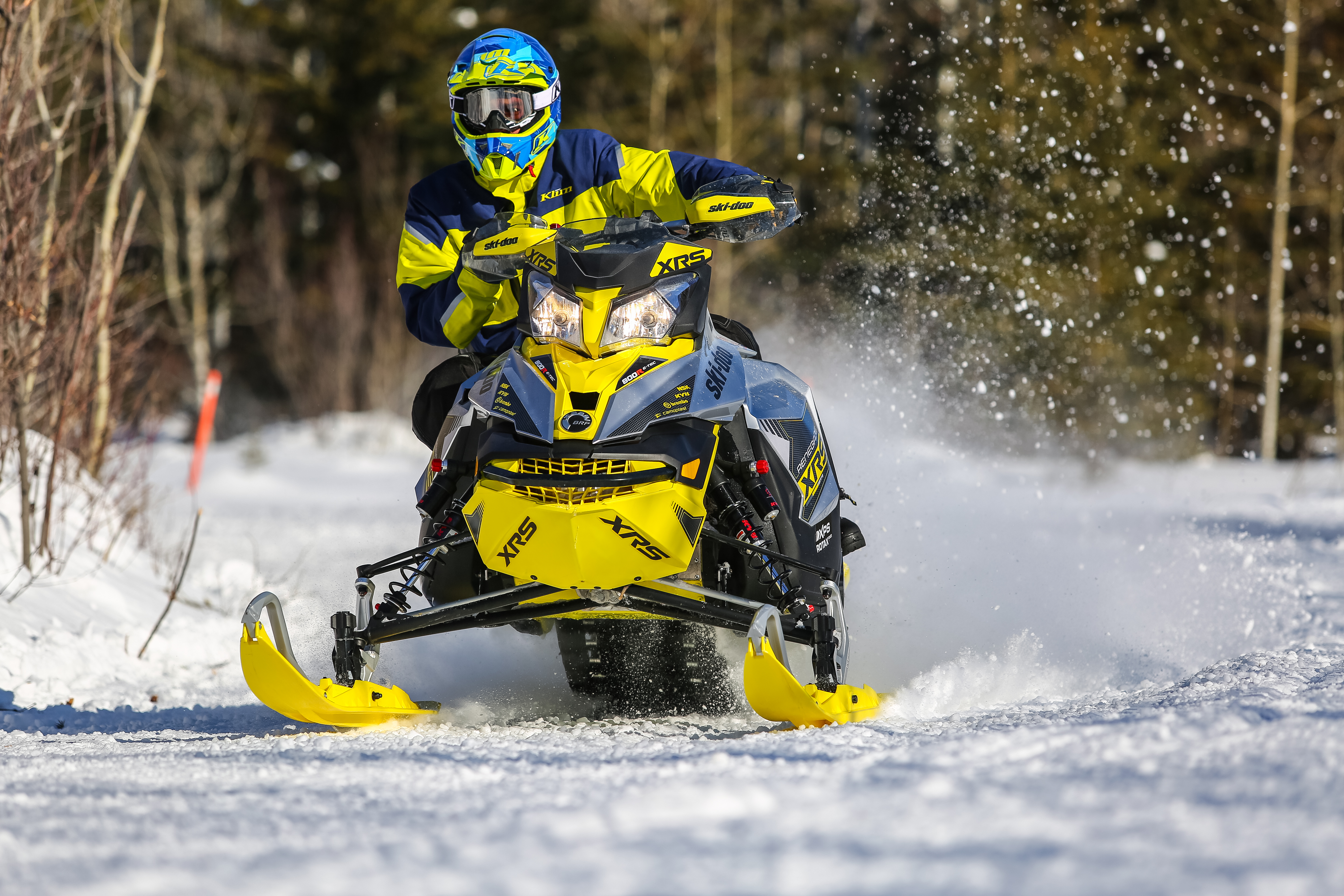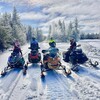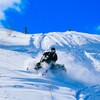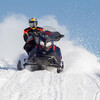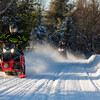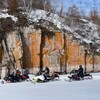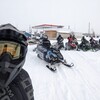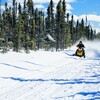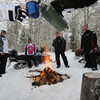
Why Are You Afraid of Yellow?
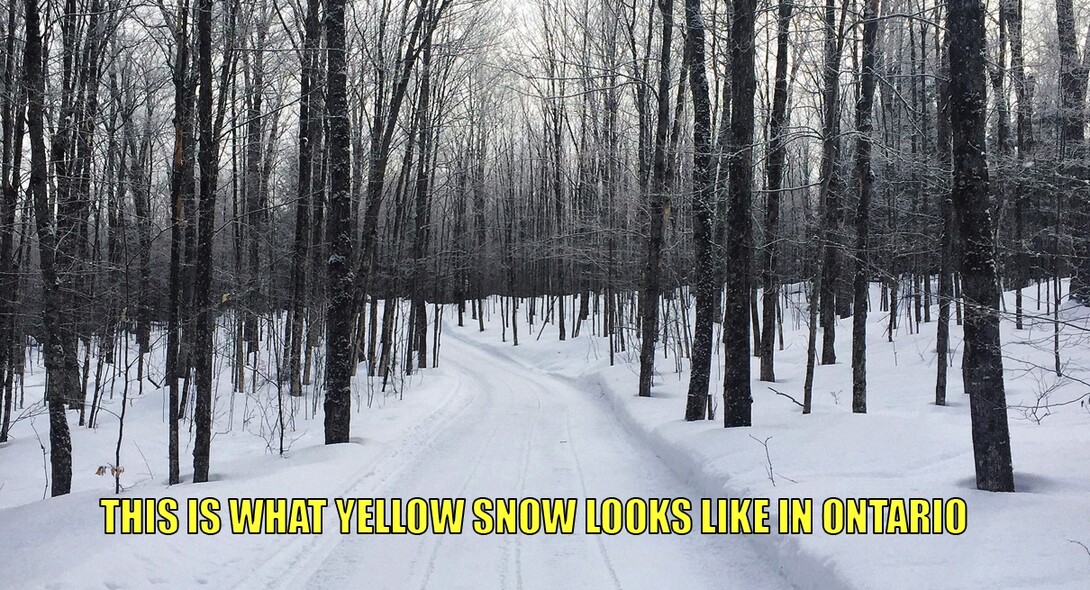
Why are you afraid of yellow?
When looking at the Ontario Federation of Snowmobile Clubs' interactive trail map, I think many of you are afraid of “Yellow-limited” status trails and I really don't understand why.
Snowmobiling is an off-road sport that occurs in a natural environment and with that comes constantly changing conditions. A seasoned rider will tell you countless stories of these varied conditions from soup to nuts as they say!
Here's why you need to lose the cold feet for limited availability status trails:
1. The OFSC and member clubs define yellow-limited as the following: Trails are passable for marginal snowmobiling. Some trails may be closed, extra caution advised.
The key word in the above definition for me is “marginal” and its meaning is “almost insufficient” and “minimal for requirements." Depending on where you ride and how a club volunteer interprets “marginal” will correlate directly to the overall riding experience. Your experience will also depend on your exceptions of what marginal means. For example, I am quite content on a whooped-out trail but not so happy on a hard frozen trail with no cooling snow.
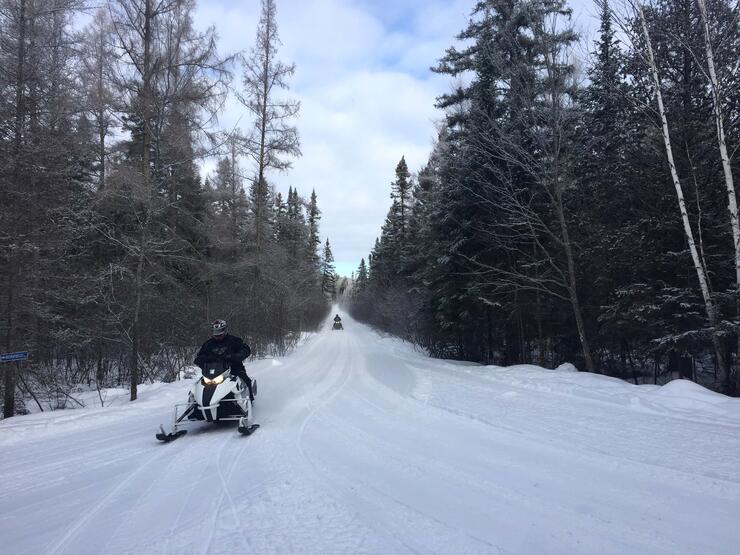
2. Snowmobiles are off-road machines and as such are designed with a track, skis and big travel suspension with the ability to traverse all types of terrain. It’s really amazing to see how innovative as well as responsive the snowmobile industry and manufacturers are to rider demands. It has been increasingly noticeable that each model in the manufacturer’s product line has become more versatile. It’s up to you to learn how to properly and safely operate your snowmobile in varied conditions, learning the proper techniques to deal with non-optimal conditions will improve your overall rider experience.
3. Sometimes clubs will list a trail as limited because they have not had the opportunity to maintain the trail recently. That may be because of an unexpected breakdown or hazard that prevents grooming or maybe it's just an issue with the scheduling of the groomer and available operators to tend to that trail. All in all, clubs do their best with what they have but sometimes unforeseen challenges can result in a trail being listed as yellow-limited.
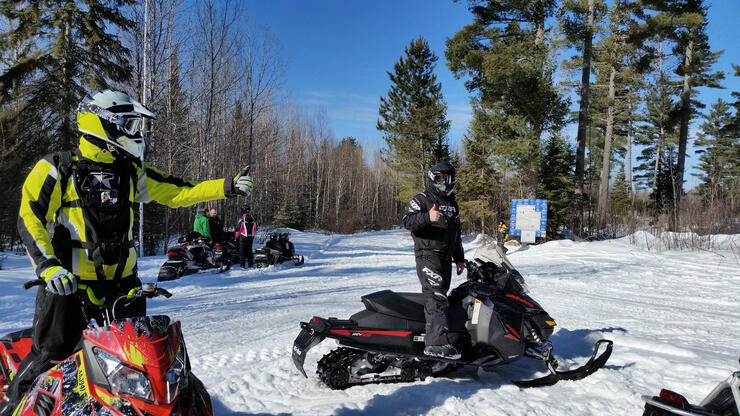
4. Each year snowmobilers and loggers share trail corridors that in many cases were originally built by loggers. Once logging operations conclude, the trail base in future years is often in better shape than its state before. To encourage a safe experience for both riders and harvesters, clubs will often list the entire trail or a portion of it as yellow-limited. Occasionally these operations can lead to having to ride a few kilometres of plowed road, however the remaining portion of trail is often in spectacular condition. Is dealing with three kilometres of low snow worth riding 40km of great trails? I think so!
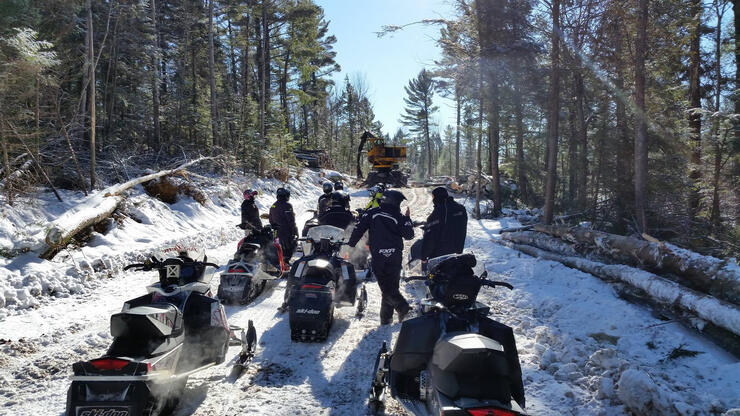
5. When only a small percentage of the province's total trails are available for riding, traffic is generally extremely heavy in those areas. If it can be expected that traffic will be higher than average it can be guaranteed that trail 'quality' will deteriorate quicker. This is compounded by current and near-future weather forecasts which may include warm sunny days or even a heavy snowfall. Trail quality can change drastically throughout the day and as riders we play a big part in this. It's important to try and ride on your side of the trail and not to cut corners as this affects the trail's wear and your safety.
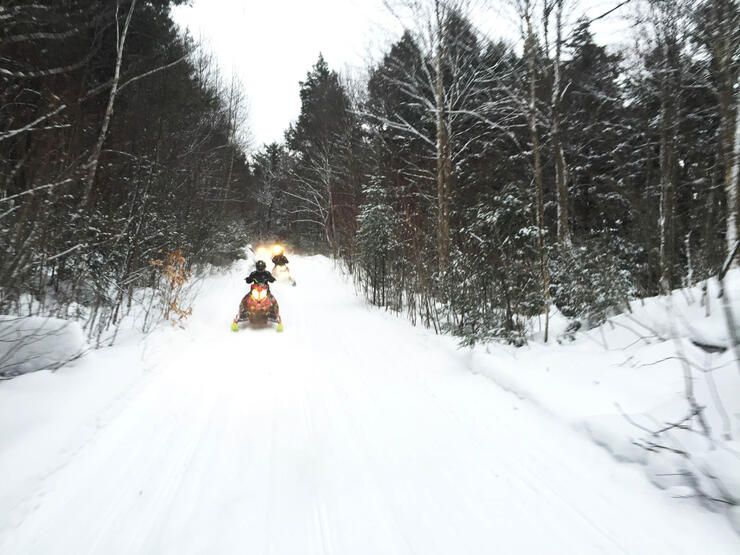
6. They say some Northern cultures have 100 different words for different types of snow—well skiers have 182, and the fact is not all kinds of snow make for great snowmobile trails, particularly the extremely light airy stuff. Snow can be a difficult substance to shape into the perfect riding surface. Weather and atmospheric conditions play a big part in producing the right type of snow for our trails and in most cases the ground base requires significant cold in order to freeze swamps and creeks. You may experience the click clack of your carbides, hard snow that makes cooling the engine a challenge or even the odd problem area with "snirt" or mud, but a day out riding is better than a day at work right?
7. What the south thinks is yellow-limited is different from the north, or is it? What I would accept as "open" you may consider "limited." It's hard to designate a trail and meet everyone's expectations. With volunteers at over 200 clubs reporting on conditions, interpretation plays a major role. For example, a trail listed as green on Thursday could quickly become a "marginal" experience for a rider by Friday afternoon if the traffic is heavy enough. It’s amazing what 30 sleds can do to a freshly groomed trail, so just imagine what 1000 will do. Using this example it can be expected that the classic sled rider after a long day will have a less desirable experience than the crew on the new big bump iron.
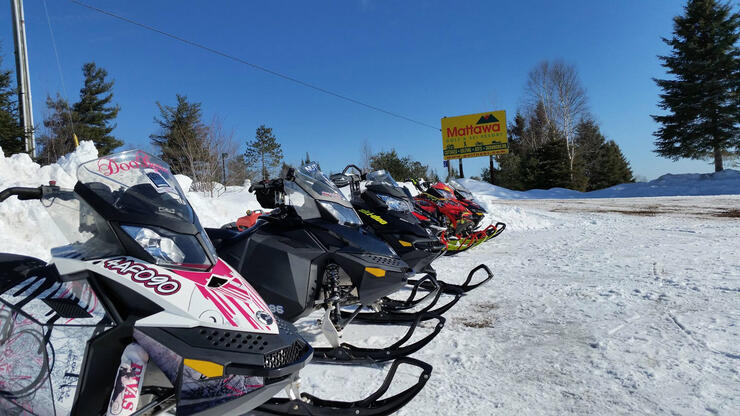
8. A dream come true in some cases, sleepless nights in others. A trail may be downgraded due to recent or impending weather conditions. In some cases, a mild warm spell will result in a trail being designated as limited because of deteriorating sections, but these sections only represent a small portion of the trail.
All of the reasons above demonstrate that yellow-limited status trails can offer a variety of experiences. It depends on so many factors that it’s impossible to predict with certainty what the actual on-the-ground conditions will be like at any given moment. What we do know is that these yellow-limited designated trails are rideable. Carbides and sliders are cheap in comparison to the overall cost of our sport, winters never seem long enough, and snowmobiles are off road machines.
So get out there and ride, even if it’s designated as yellow-limited. Each one of the photos in this article is from a limited trail!
Please exercise caution at all times and be prepared for the unexpected. Remember that the snowmobile trail is providing you with an off road experience that has inherent risks, because it occurs in an unpredictable and uncontrollable natural setting which demands constant rider preparedness, vigilance, caution, unimpaired reaction and smart choices. Trail signs are posted only for your convenience and there is no guarantee that they will be there at any given time due to wind, rain, storms or vandalism.
This guide is intended only as a reference. The OFSC (Ontario Federation of Snowmobile Clubs) accepts no responsibility or liability for any discrepancies, inaccuracies, errors or omissions which may occur, for actual trail conditions encountered on any trails shown on this trail guide, or for any resulting loss or damage.
Recommended Articles

The Complete List of Snowmobile Events in Ontario 2025-2026

The Best Snowmobile-Friendly Lodges
Snowmobiling Winter Weather Forecast 2025-2026

I Rode the Explorers Snow Tour in Ontario and Here’s What It Was Like
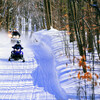
Why Ontario is One of the Best Snowmobile Destinations in the World
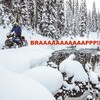
11 TikToks That Prove Ontario is the Best Place To Go Snowmobiling

5 Weekend Snowmobile Getaways Near the GTA
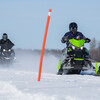
31 Ways To Get In The Know About Snowmobile Trail Riding in Ontario

A Beginner's Guide to Snowmobile Lingo

